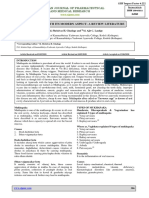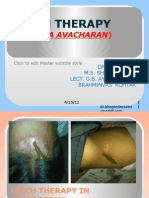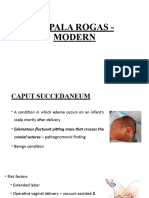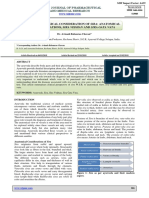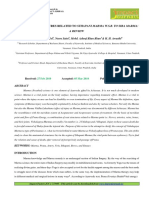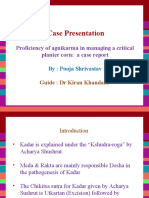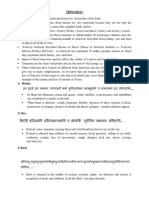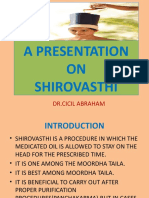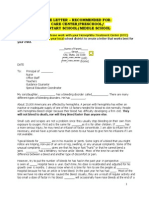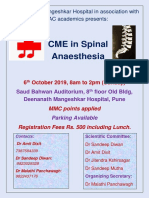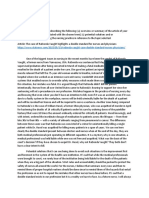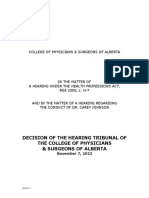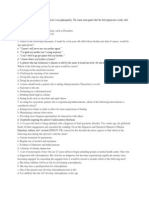0% found this document useful (1 vote)
1K views9 pagesAyurveda Extraction
This document describes the technique of Jalandhara Bandha Yoga (chin lock position) for extracting teeth without local anesthesia. Key points:
- Jalandhara Bandha controls the nervous system and restricts blood flow to reduce pain during tooth extraction.
- The patient sits in a specific posture and the dentist applies pressure to key points while moving the patient's head, contracting the neck.
- Once in this "chin lock" position, the dentist can swiftly extract the tooth using forceps, with many patients feeling no pain. Videos have shown this being done successfully for single and multiple extractions.
Uploaded by
Dr-Beneesh VKCopyright
© Attribution Non-Commercial (BY-NC)
We take content rights seriously. If you suspect this is your content, claim it here.
Available Formats
Download as DOC, PDF, TXT or read online on Scribd
0% found this document useful (1 vote)
1K views9 pagesAyurveda Extraction
This document describes the technique of Jalandhara Bandha Yoga (chin lock position) for extracting teeth without local anesthesia. Key points:
- Jalandhara Bandha controls the nervous system and restricts blood flow to reduce pain during tooth extraction.
- The patient sits in a specific posture and the dentist applies pressure to key points while moving the patient's head, contracting the neck.
- Once in this "chin lock" position, the dentist can swiftly extract the tooth using forceps, with many patients feeling no pain. Videos have shown this being done successfully for single and multiple extractions.
Uploaded by
Dr-Beneesh VKCopyright
© Attribution Non-Commercial (BY-NC)
We take content rights seriously. If you suspect this is your content, claim it here.
Available Formats
Download as DOC, PDF, TXT or read online on Scribd
/ 9






















